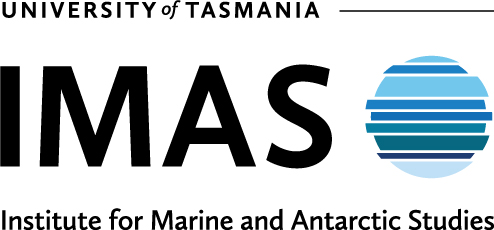Ecosystem and Habitat Interactions
By-Catch
There is negligible by-catch in the Bull Kelp fishery as beach-cast kelp is harvested by hand.
Threatened, Endangered or Protected Species Interactions (TEPs)
Interactions between threatened, endangered, or protected species and The Bull Kelp fishery are minimal. Some beaches are closed during shorebird nesting seasons, and fishers receive training to identify and manage risks to these birds, with required logbook reporting of any interactions. Only a small percentage of harvested kelp includes species other than Bull Kelp (e.g. 0.5% in 2021/22), including giant kelp (Macrocystis pyrifera), which forms a Threatened Ecological Community in waters off the coast of Tasmania. However, the fishery harvests only beach-cast kelp, and there is no interaction between the fishery and the live giant kelp community. Risks to another Threatened Ecological Community – Subtropical and Temperate Coastal Saltmarsh – are managed by regulation of access routes to harvest sites.
Habitat Interaction
The Bull Kelp fishery interacts with the habitat of nesting shorebirds, including some protected species. However, as described above, measures are in place to reduce impacts during nesting seasons.
Climate Change
Bull Kelp abundance and distribution will be increasingly impacted by climate change. As waters warm, fewer areas in Tasmanian waters may be suitable for this cold-water species (Hurd et al., 2023).
Ecological Role of Bull Kelp wrack
Beach-cast kelp is important habitat for very small animals like amphipods – key food items for some shore and migratory birds. It provides protection for flightless shorebird chicks, stabilises dunes, and provides an important source of nutrients to coastal ecosystems. To manage the ecological risk of the fishery, Bull Kelp harvest is restricted to 50% of the available beach-cast product each day.



